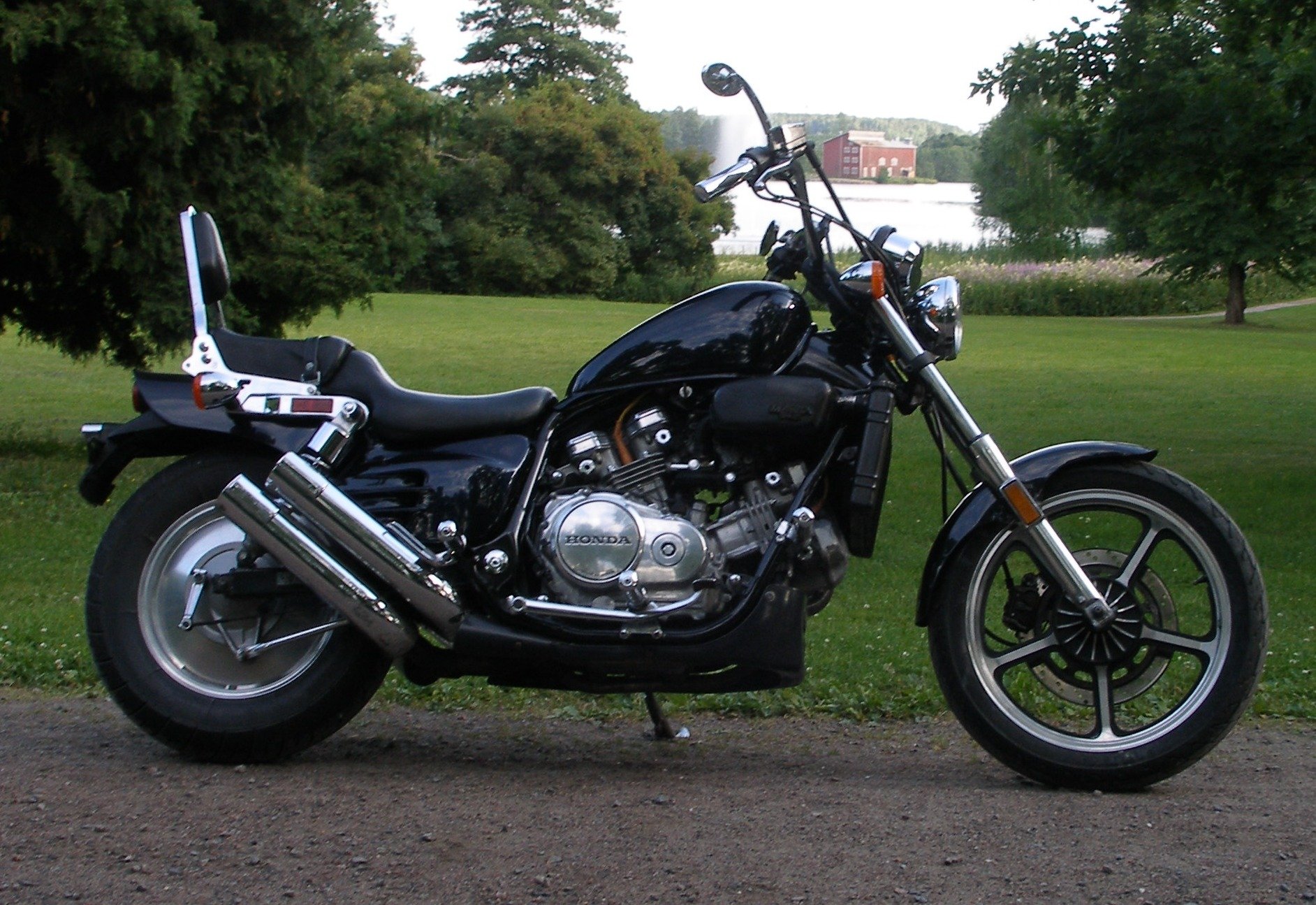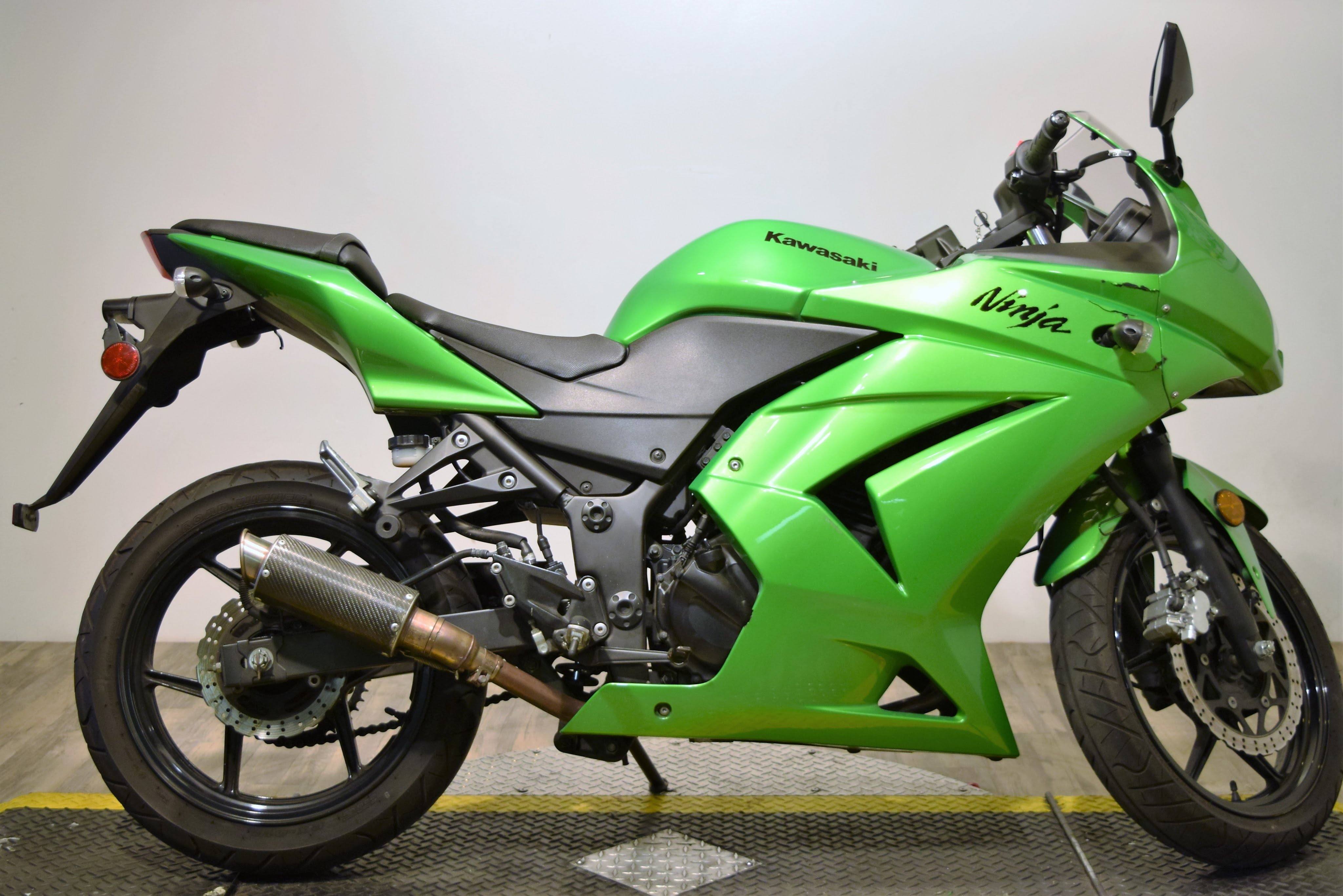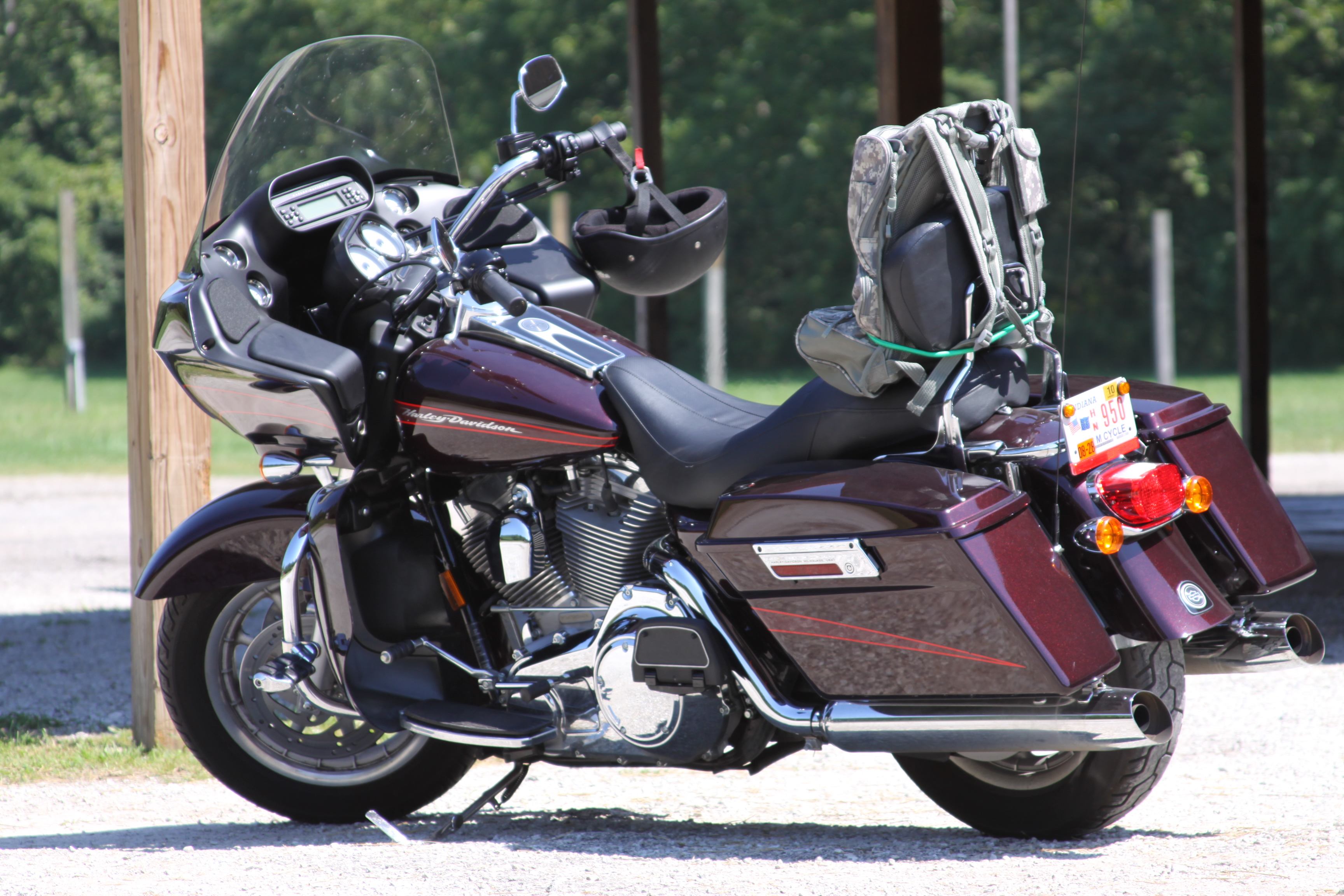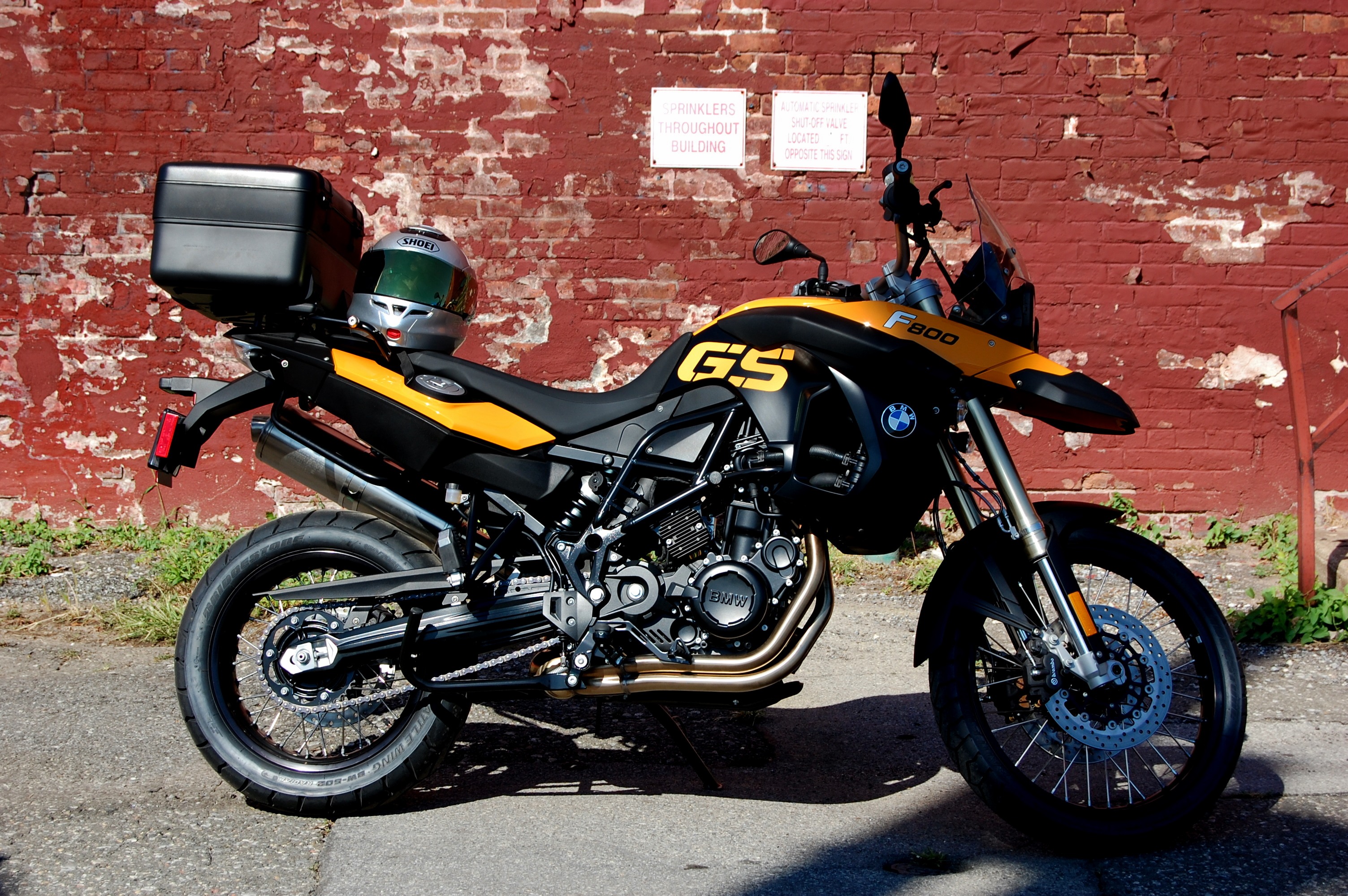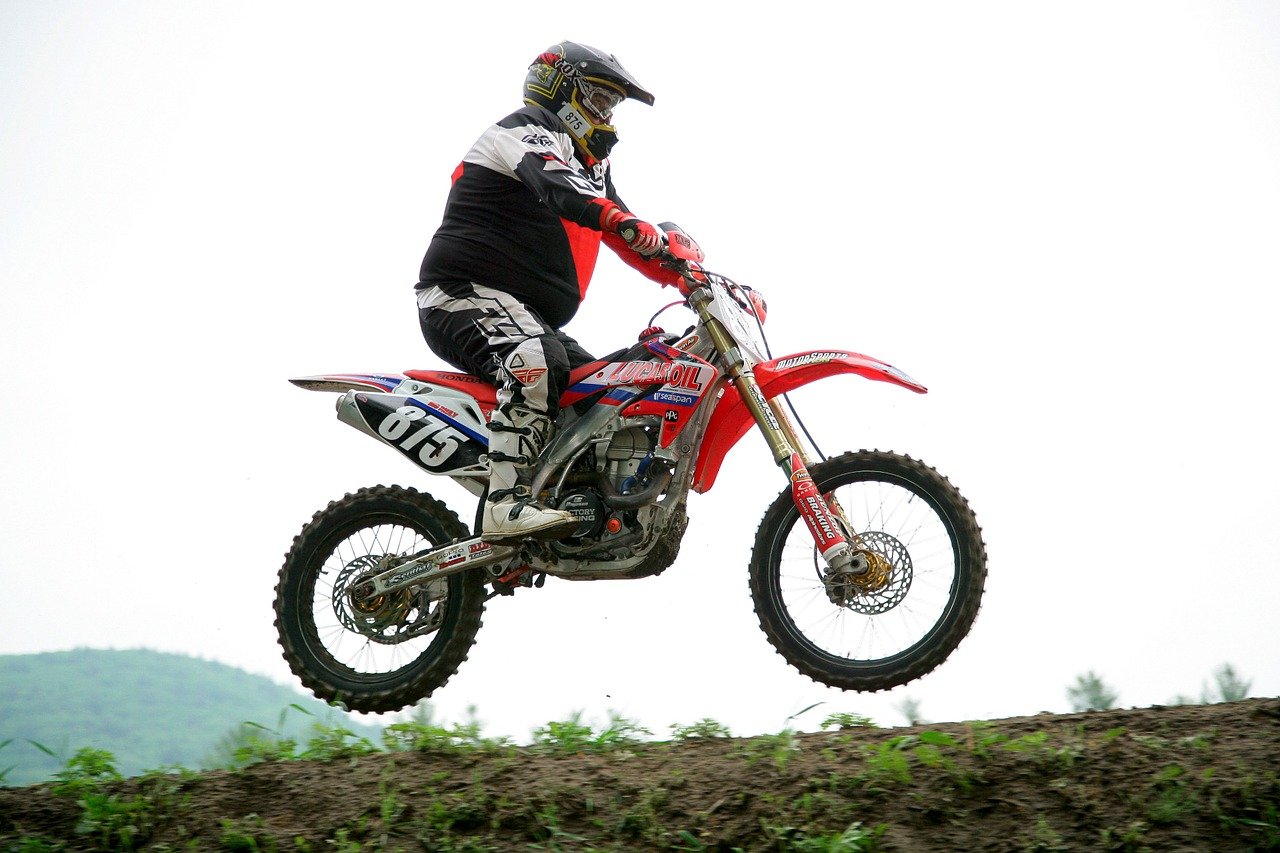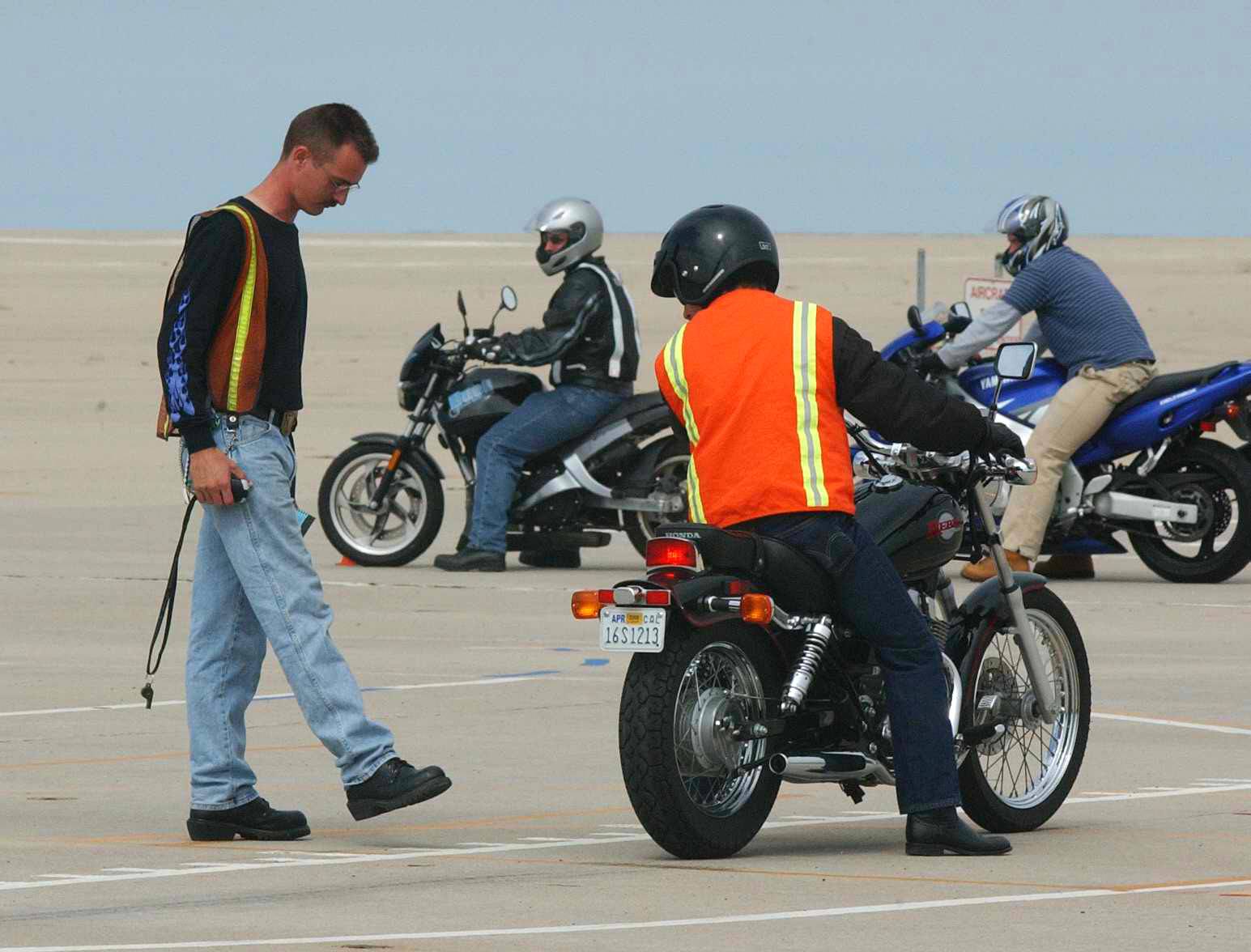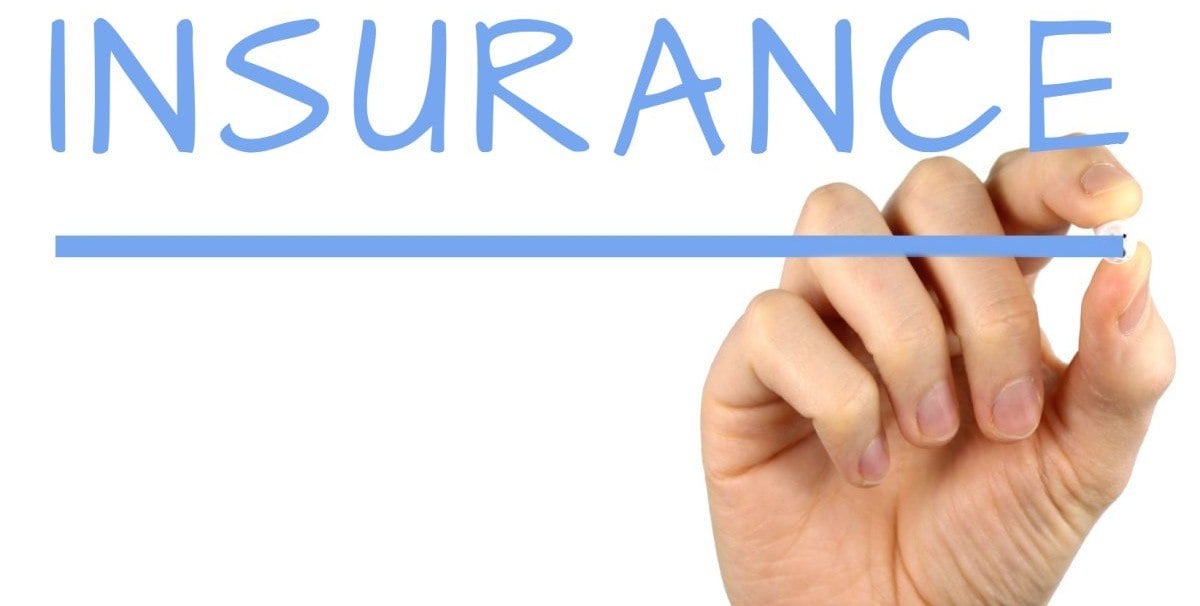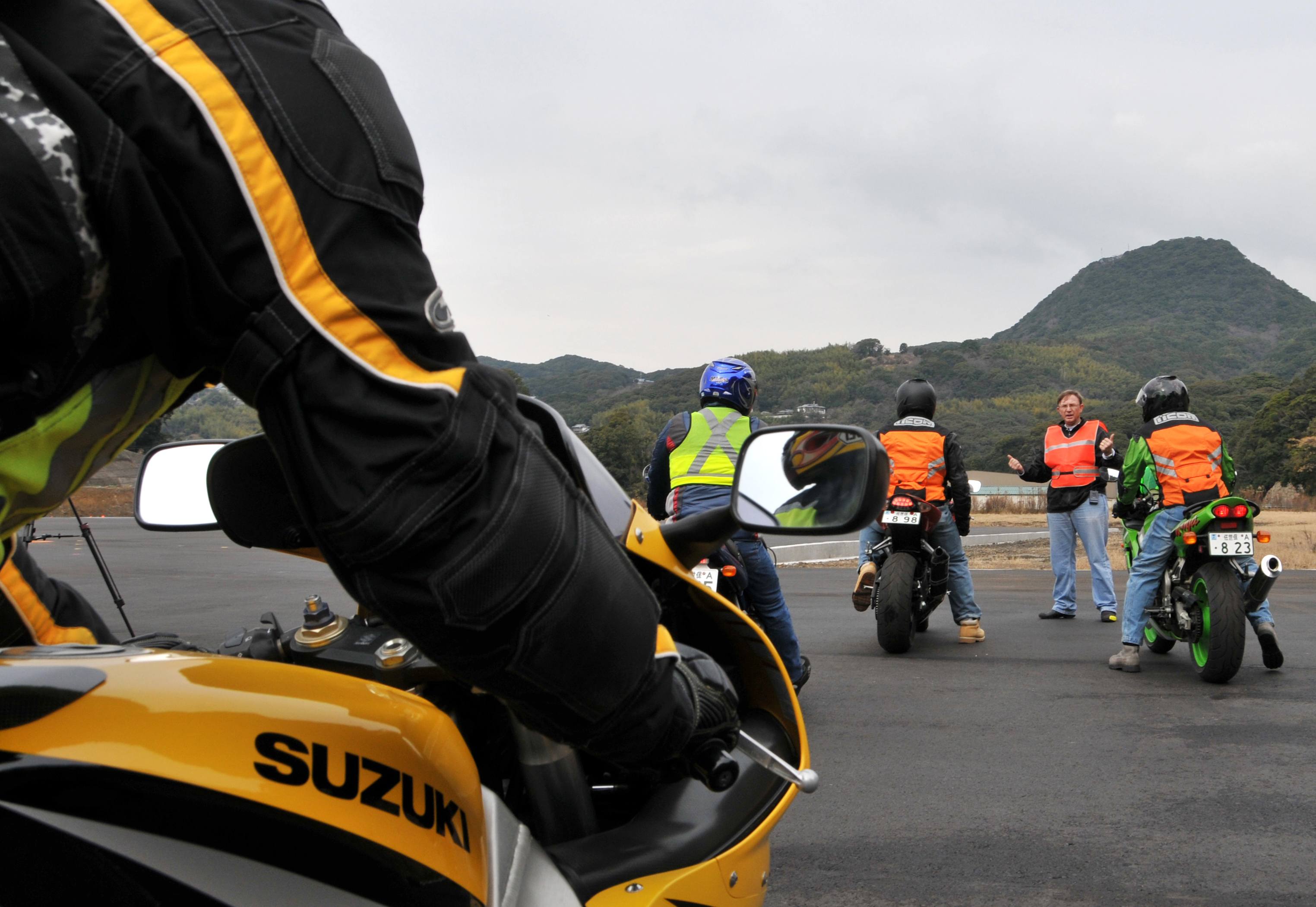A long, lonely road, a roaring machine between your legs, and a full tank. The unique experience of riding a motorcycle through lovely scenery is a sanctuary for many, and a reason to live.
The joy of hitting the gas and enjoying the speed is something that changes you forever.
From heavy cruisers and choppers to powerful sport bikes and cross country dirt bikes, motorcycles embody freedom, adrenaline, and living life to the fullest.
For those reasons and a thousand more, many are opting for a bike or starting to look for one. Today, we’re looking into everything you need to start motorcycling: getting a bike, safety equipment, a license, insurance, and safety.
Let’s hit the road, Jack!
Types of motorcycles
There are plenty of different kinds of motorcycles, and here we’ll describe every type to help you understand which one suits you best. Some types are better on the road, while some of them are perfect for off-road driving; some are suited for longer travels between countries, while others fit into short sprints better. Let’s explore the types of bikes:
Cruisers
Cruisers are the kind of bikes that have lower seat heights and a more laid-back riding position (Harley Davidson, for an example). In most cases, they have big engines. If you prefer smaller, have no worries, as you can get yourself a cruiser with a smaller and more silent engine.
These bikes are not made for racing or some super high-performance situations; if you are a beginner, you shouldn’t find yourself in these situations for an extended period. So, if you are the type of person that loves to lay back on the seat and drive casually from one city to another, then a cruiser motorcycle is a great bike for you.
Expect a heavy load, average fuel economy, and prices around $4,000 and up for a decent cruiser bike. They aren’t quite as good for a total beginner, so taking a riding class might help significantly. Riding these types of motorcycles suits a traveler’s lifestyle, which can require a lot of gear. Cruisers are reliable, stable, and built for comfort.
Sportbikes
Unlike 20 years ago, when you could see cruisers around every corner, sportbikes are the most popular type of bikes around the world at the moment. They are well-tuned machines that are capable of high performance and they can achieve great speeds (we’re talking 299 km/h or 185.79 miles per hour, with models that can go even 400 km/h). Because of their speed, we would strictly recommend you avoid any type of sportbike for at least your first couple of years, until you master the handling of the motorcycle.
The reason for this is obvious — it will take some time before you adjust your body to handle a bike, and with the sportbike, you can get yourself into a life-threatening situation before you even realize what is happening. Think about your life first before you think about the thrill of riding at 100+ miles per hour.
Sportbikes are expensive. Expect to pay around $6,000 for an entry-level machine or an older one with significant mileage. Next, forget about the comfort or luggage — these machines are built for speed and speed only. That also means a higher fuel expenditure. Special gear is a must here, as you’re on a speedster where streams of wind can freeze you or throw you away from the bike quickly.
Touring bikes
If you’d love to travel to other countries on your motorcycle, a touring bike is what you’ll need. Touring bikes come fully loaded with large luggage saddlebags, windshields, GPS, and stereos. There are some that are focused on the engine power more, and they are a bit stripped-down in terms of equipment, but one thing is sure: they will come with high seats due to high clearance to allow you more comfortable off-road riding.
These type of bikes usually offer an excellent travel experience, but be aware that they are also a bit pricier and heavier than regular bikes. Because of that, they are not recommended for beginners. With a touring bike, expect a huge fuel compartment, fully equipped saddlebags, ABS, great fuel economy, and prices that start at $10,000 for a basic, several-years-old machine. A lot of equipment is necessary, of course. It’s all about the comfort and tags of states you’ve visited.
Dual-sport
Dual-sport bikes are a mixture of touring bikes and off-road bikes. They have touring capabilities, but with a high chassis and suspension to conquer off-road terrain as well. So, if you know a good off-road area where you could enjoy driving this bike with your friends or even solo, take advantage of it. You’ll release yourself from the stress and forget about the problems in your life. After your adrenaline rush, you can return home on your dual-sport machine and commute to work like on a regular day.
Most of these bikes have a higher center of gravity and tall seat height. The difference between these bikes and pure off-road machines is in the law regulations — off-road bikes aren’t allowed on the street. The fuel expenditure is pretty high, but you get the good suspension travel of a dirt bike and the power of a touring bike. The simplest explanation of a dual-sport bike would be that it’s an off-roader that’s allowed on the street. Prices go from $3,500 for an entry model.
Off-Road
A pure off-road bike is an agile performer, jumper, and a powerful dirt bike capable of taking almost any obstacle. These bikes aren’t allowed on the street because of their performance and capabilities. They are very light and take a tremendous effort to ride perfectly, especially if you’re going through rough terrain or performing stunts and tricks.
Since they aren’t allowed on the street (you need a proper license and a set of regulatory permissions), we won’t consider them further in this article.
Standard
Last from the category, but not the least, is a standard bike. This type of bike contains a little bit of everything when compared to the previous four types of bikes. A lot of motorcycles that you can see now on the streets can be sorted into the “Standard” group of bikes. Usually, they have more upright riding position when compared to the cruiser type, which requires you to lean back more, or a sport bike, which requires leaning forward.
Engine size on standard bikes can differ widely, but usually they are not meant for racing or to be upgraded with some huge and loud engines. So, if you prefer to have a silent and decent engine (that can speed up to 220 km/h max) then these type of bikes are perfect for you. Also, in many driving schools when you go for your driving license, you will usually practice on a standard bike. This means that after you are done with it, you will save some money by not having to take extra classes to learn how to drive one of the other types of bikes.
Which bike to pick?
So you’ve decided you’re going to get a motorcycle. The first step is to analyze which type of bike suits you. Deciding which type of bike is for you is almost as hard as choosing a perfect car for your needs — it is not something that you can buy today and decide to swap out tomorrow. Remember, you are choosing your two-wheeled machine for a longer period.
If you’re a beginner, aim for stability and comfort. Since you don’t have experience, it’s important to be able to put both feet on the ground while sitting comfortably on your bike. That will provide more confidence — you’ll feel you’re in control. Very fast bikes and bikes with a higher seat are not great for beginners. The same goes with touring bikes — they are massive and very expensive. So, consider sticking with a standard or cruiser model.
It’s smart to purchase a used bike for your first one, simply to get a hang of it and see which type of ride suits you best. Beginner riders usually don’t have a precise idea which riding style they’ll choose and how and where will they ride their new bike. That’s why it’s good to practice a bit and see what suits you.
A driving license is a must
Be aware that before you even sit to drive on your new machine, you will need a driving license, and getting one is almost as tedious as getting one to drive a car. The only difference is that when you are taking it on the bike, you have more written tests.
Some people will tell you that you do not need a full license, that you can drive your bike just by renewing your learner’s permit, but we would advise you to be responsible and get a full bike license to safely enjoy your two-wheeled friend and to avoid any lawsuits.
Take extra classes for the type of the bike that you bought
There will always be those people that will tell you that right after you finish with getting your driving license, you will be okay on a motorcycle. Trust us, they are wrong — that’s not to mention those people that will try to talk you into taking your bike classes through YouTube videos.
Riding any bike, especially a heavy bike, can be hard and even dangerous for beginners, so taking extra classes is the perfect option. After you get yourself a cruiser, for instance, try to find a personal trainer that will help you handle that type of bike without any problems. Think of it as an advanced, more personalized training.
If you think a personal trainer is not for you, then you can take some extra classes at the MSF (Motorcycle Safety Foundation), which may even a better solution, since these people really know what they are doing. Do not expect to become a pro driver after these classes, but you will be able to handle the basics for sure.
Be aware that dealing with a motorcycle at low speeds while taking a corner well are not skills that come naturally. Practicing is what will help you to perfect them, and the best way to do it is to learn from a skilled teacher.
Choosing the perfect gear
One of the fascinating things about bike gear is that the very same equipment will keep you fresh when it is hot, warm when it is cold, and dry when it is raining. Motorcycle equipment is some of the the most advanced designed gear in the world. But still, to avoid injuries, you should get yourself some good equipment, and it all starts with a quality motorcycle helmet.
Picking a quality helmet can be a science; there are dozens of models, types, variations, accessories, and more to get you confused. Still, with a little exploring and researching, you can get a quality motorcycle helmet.
Don’t go cheap on gear, especially for the helmet. It will keep you safe if an accident occurs. Traffic laws also oblige you to wear one — and please, don’t go all Tom Cruise in Mission Impossible. Next, get yourself some riding boots, gloves, pants, and a jacket designed for riding. Here’s some more information on motorcycle gear.
Get yourself proper insurance
When you take the fact that motorcycles work on a high level of performance into consideration, getting insurance is a no-brainer. The main reason why you should get insurance is that even the best of the best motorcyclists make mistakes sometimes. Those mistakes can happen to anyone, and even when it’s not our fault, we can still end up suffering damage.
You can be a perfect driver and never jeopardize anyone’s safety, but the guy next to you can be reckless and harm you and your bike. You don’t want that to ruin your life or your bike. Depending on the job that you currently do, insurance companies will give you different rates, so either try to get yourself an insurance agent or just request quotes from various companies.
Safety comes first
After getting a driving license, some extra classes, and gear, you are ready to cruise around the country or even the world with your new two-wheeled friend. Always have in mind that safety comes first, no matter what — even if the road is clear and you feel tempted to test out the bike and push it to the max.
It’s not only about your safety as a driver, but the safety of the other drivers as well as the passengers. Motorcycles are more vulnerable to outside forces and bumps; a small rock can make a significant impact on your wheel and set you off balance. If that happens during your “testing” at maximum speed, you can fall and hurt yourself badly. Always be careful.
The life on two wheels awaits you
No matter the style you prefer, when you start riding a motorcycle, you’re in a club for life. Life itself changes — your thinking, your core values, and your psychology all change. You yearn for freedom, and there is no bigger freedom than a lonely, long road, you, and your bike.
Hit the gas, be safe, and ride on.


